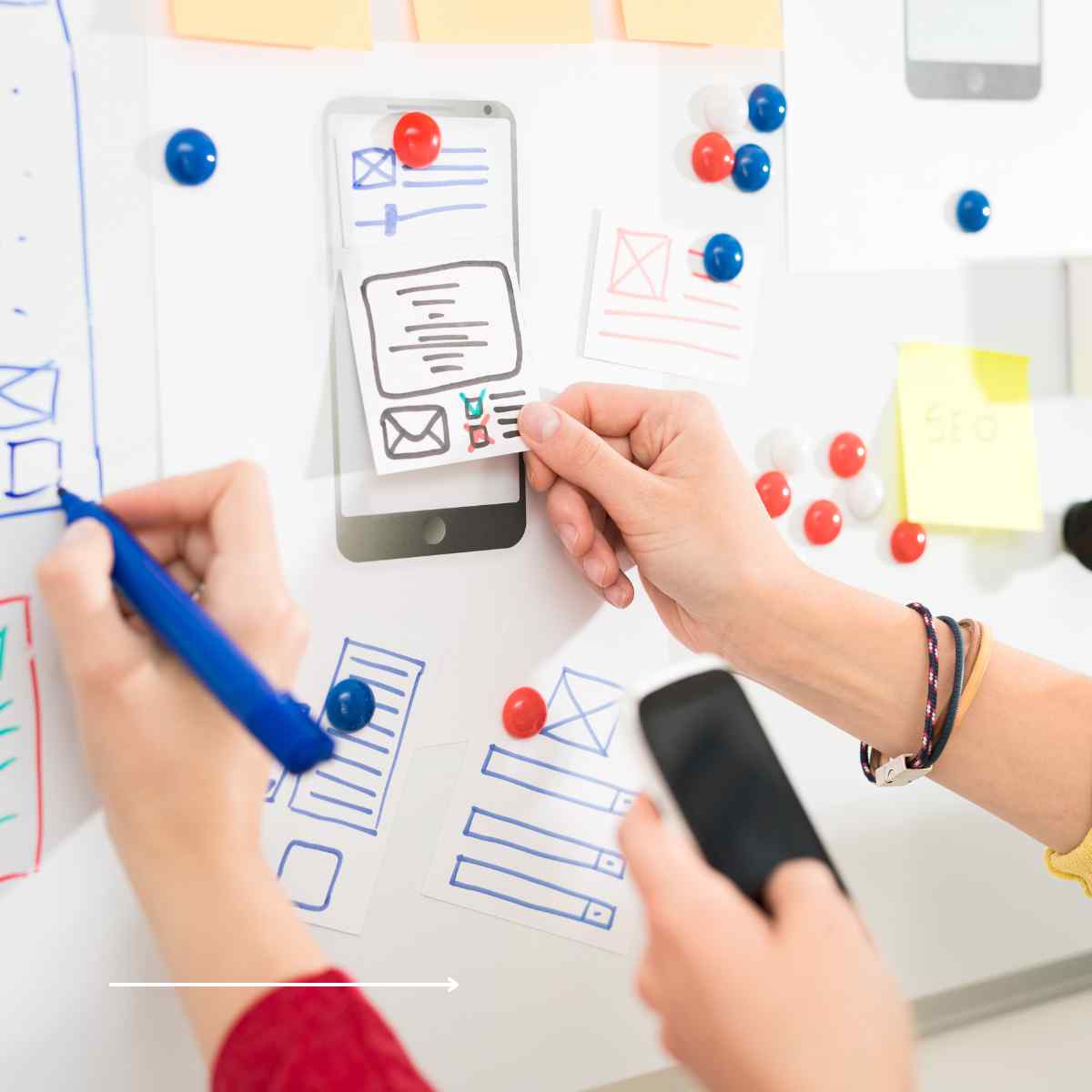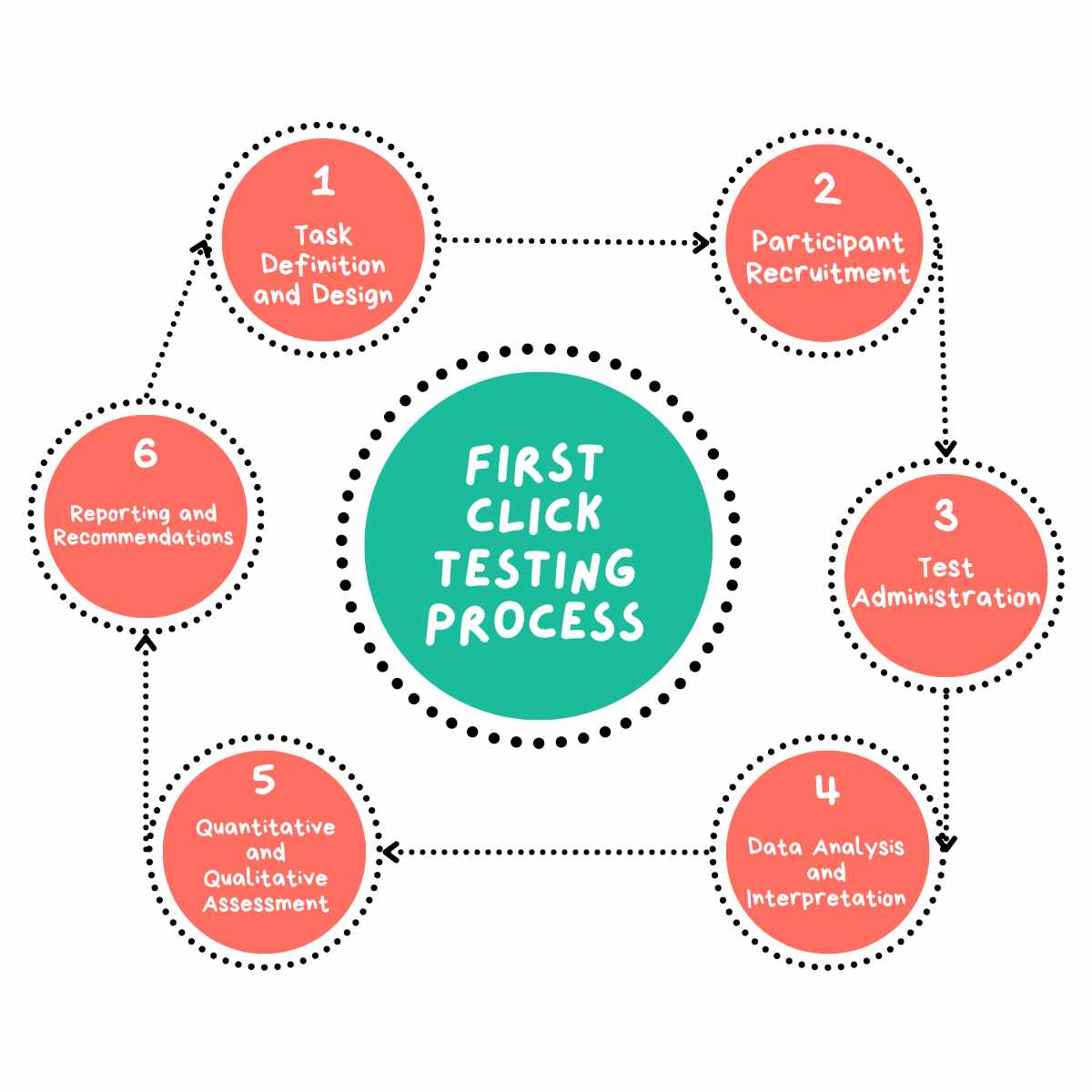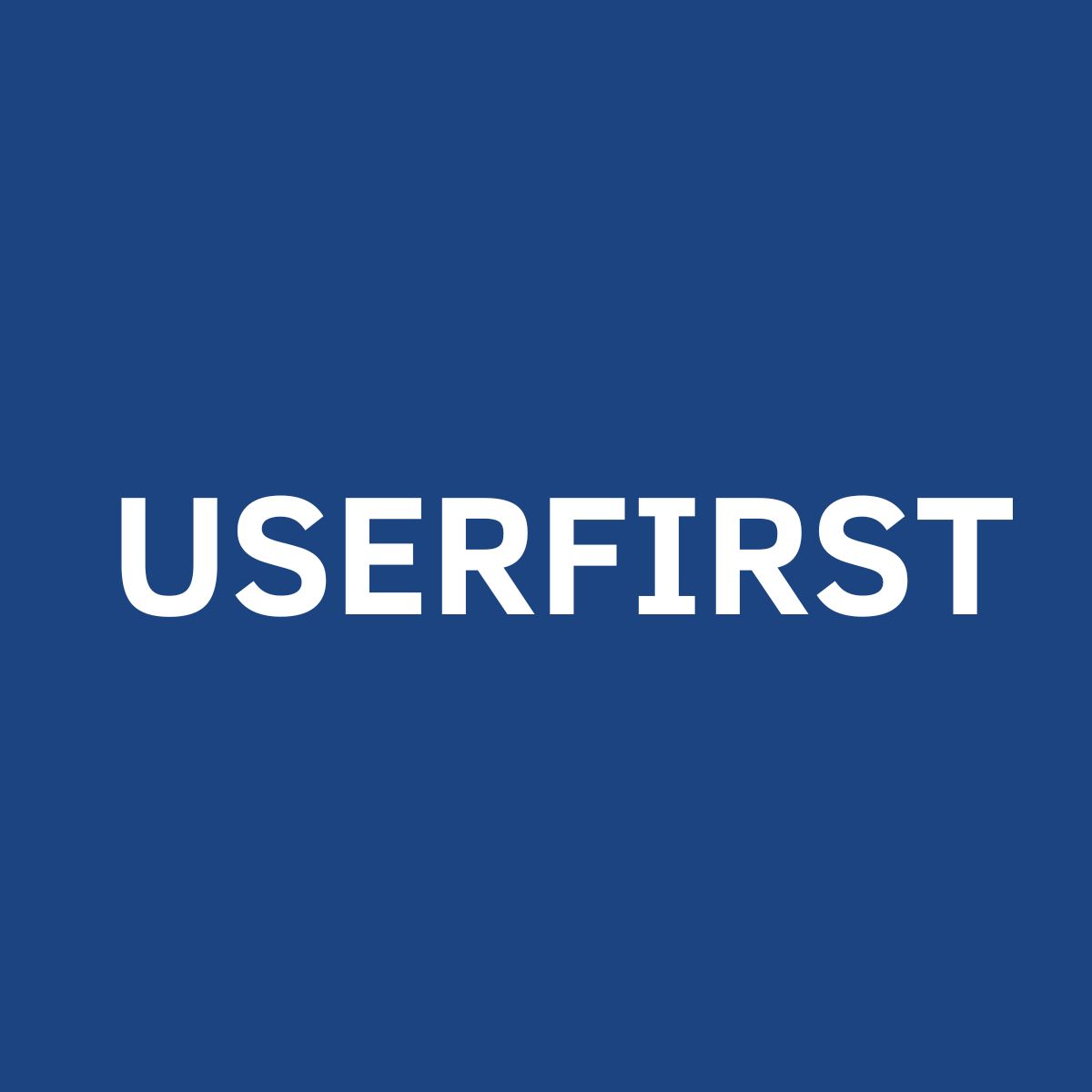Perfect your digital pathways with data-driven clarity. Users are far more likely to complete tasks when their first click is correct. Nielsen Norman Group research shows that a successful first click strongly correlates with higher task completion and satisfaction (Nielsen Norman Group, 2016)
Who needs First Click Testing Reports?
- UX designers validating navigation effectiveness
- Product managers optimising conversion paths
- Digital marketers improving landing page performance
- E-commerce teams reducing cart abandonment
- Web teams redesigning critical user flows
First click testing is a usability research technique that examines what a user clicks on first when trying to complete a task on a website or application. First Click Testing is a research method that reveals where users first click when attempting to complete a task on your interface. Research shows that if the first click is correct, users have an 87% chance of completing their task successfully (User Interface Engineering, 2023).
Test Overview
Objectives, methodology, and participant details.
Task & Path Analysis
User instructions, clicks, and navigation patterns.
Performance Data
Success metrics and qualitative user feedback.
Recommendations
Actionable improvements based on findings.

Why First Click Testing Reporting Matters
✓ Task Success: First-click testing helps determine whether users can navigate to their goal efficiently, improving task completion rates (Nielsen Norman Group, 2023)
✓ Revenue Impact: Optimising navigation based on first-click behaviour supports better user flows, which research shows correlates with higher conversion rates (Baymard Institute, 2023)
✓ Design Confidence: Using first-click test data allows teams to validate navigation decisions and reduce unnecessary post-launch revisions (UserZoom, 2023)
Users who click the wrong option first are significantly less likely to complete tasks successfully.. first-click accuracy is a strong predictor of overall task success and usability (Nielsen Norman Group, 2016)
Benefits of First Click Testing Reporting
My First Click Testing Process

Test Overview Summary of test objectives, methodology, and participant demographics
Task Analysis Presentation of task instructions, intended paths, and heatmaps of participant clicks
Path Analysis Examination of user paths, including common errors and obstacles
Quantitative Metrics Key performance indicators such as success rates and time to first click
Qualitative Insights Summary of participant feedback, observed behaviours, and patterns in user confusion
Recommendations Actionable suggestions for improvements based on test results
Why Choose UserFirst UX for Your First Click Testing Needs?
With my expertise in UX research and data analysis, I offer:
Expert Analysis
Extensive experience in assessing whether users can intuitively find what they need on your interface
Actionable Insights
Receive clear, implementable recommendations to improve your product’s user experience
Tailored Approach
Each user persona is customised to your specific product and industry
Comprehensive Reports
Get detailed, easy-to-understand reports that bring your target users to life
- Rigorous Methodology: Ensuring reliable and valid results. I use established protocols and statistical analyses to ensure the accuracy of my findings.
- Clear, Actionable Reports: Providing insights you can implement immediately. My reports include executive summaries, detailed analyses, and prioritised recommendation lists.
- Continuous Improvement: Tracking changes over time to measure impact. I can conduct follow-up tests to validate improvements and identify new areas for optimisation.
- Customised Approach: Tailoring the testing process to your specific needs and constraints. Whether you’re a startup or a large enterprise, I can design a testing plan that fits your requirements.
By leveraging first click testing reports, you can make informed decisions that significantly improve your user experience and, ultimately, your bottom line.
